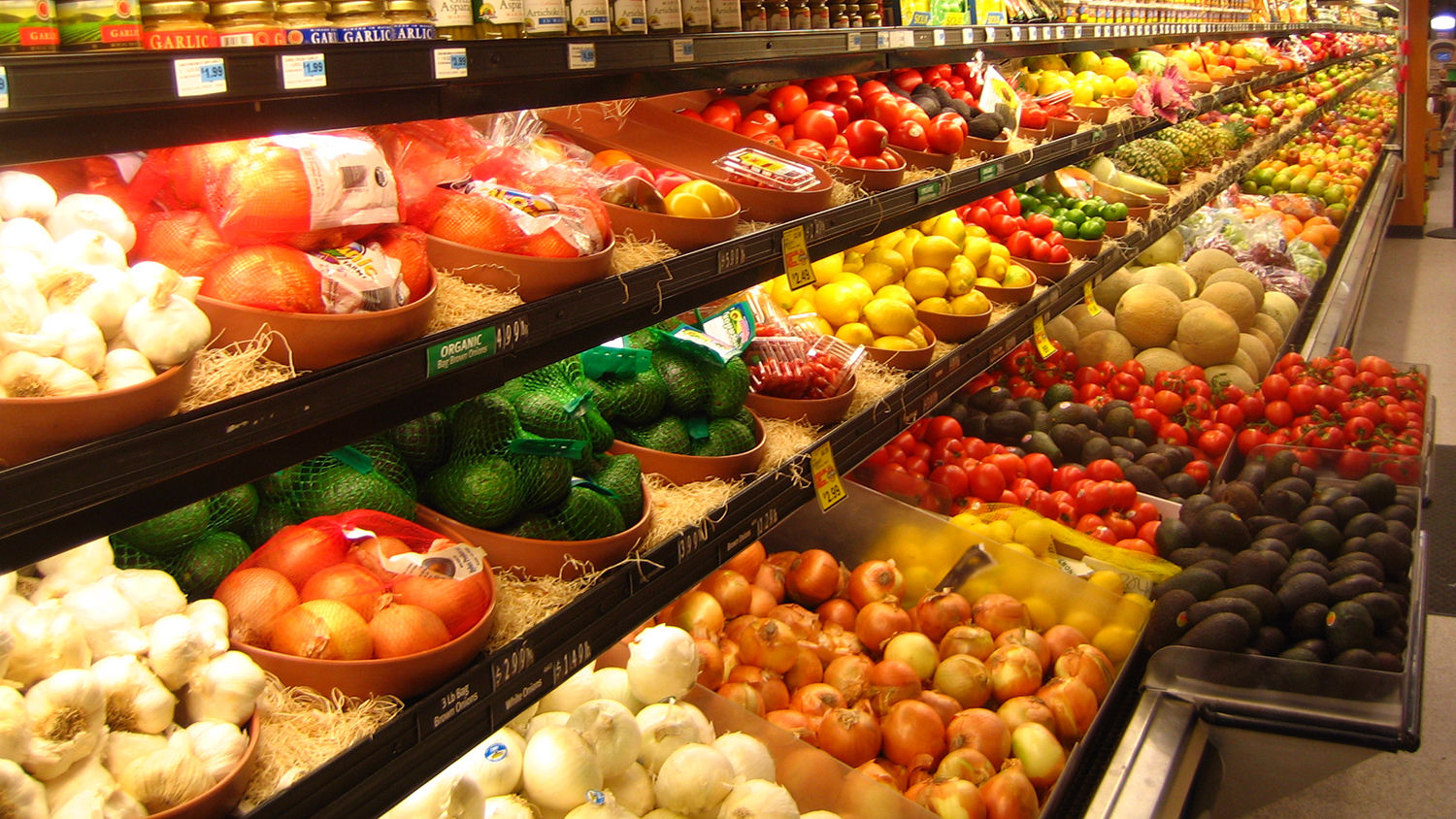Study: SNAP Benefits Aren’t Enough to Afford a Healthy Diet

A new study from North Carolina State University and the Union of Concerned Scientists finds that the Supplemental Nutrition Assistance Program (SNAP), formerly known as Food Stamps, only covers 43-60 percent of what it costs to consume a diet consistent with federal dietary guidelines for what constitutes a healthy diet. The study highlights the challenges lower-income households face in trying to eat a healthy diet.
“The federal government has defined what constitutes a healthy diet, and we wanted to know how financially feasible it was for low-income households, who qualify for SNAP benefits, to follow these guidelines,” says Lindsey Haynes-Maslow, co-author of a paper on the study and an assistant professor of agricultural and human sciences at NC State.
This can be a tricky question to answer, as federal dietary guidelines vary based on age and gender. SNAP benefits also vary, based on household income and the number of adults and children living in the household. For the purposes of this study, the researchers used average monthly SNAP benefits for 2015.
To address their research question, the researchers looked at the cost to follow federal dietary guidelines based on the U.S. Department of Agriculture’s monthly retail price data from 2015 for fruits, vegetables, grains, protein, and dairy. They calculated costs under a variety of scenarios. For example, what would it cost to comply with dietary guidelines if one only ate produce that was fresh, not frozen? What if one only consumed fruits and vegetables that were frozen? What if a household followed a vegetarian diet? The researchers also included labor costs associated with shopping and preparing meals, based on 2010 estimates produced by other economics researchers.
“We found significant variability in the costs associated with following federal dietary guidelines,” Haynes-Maslow says. “For example, it was most expensive to consume only fresh produce, and it was least expensive to consume a vegetarian diet.”
To place this in context, consider a four-person household that has one adult male, one adult female, one child aged 8-11 and one child aged 12-17 – all of whom qualify for SNAP benefits. They would need to spend $626.95 per month in addition to their SNAP benefits if they ate only fresh produce as part of their diet. That same household would need to spend $487.39 in addition to SNAP benefits if they ate a vegetarian diet.
“Many low-income households simply don’t have an additional $500 or $600 to spend on food in their monthly budget,” Haynes-Maslow says.
The researchers did find that SNAP is sufficient to meet the healthy dietary needs of two groups: children under the age of 8 and women over the age of 51. However, SNAP was insufficient to meet the needs of older children, younger women, or men of any age.
“Even though SNAP is not designed to cover all of the cost of food – it’s meant to be a supplemental food program – this study makes it clear that there would be many low-income households that would not be able to cover the gap needed to eat a diet consistent with federal dietary guidelines,” Haynes Maslow says. “Even without including labor costs, a household of four would need to spend approximately $200-$300 in addition to their SNAP benefits to follow the dietary guidelines.”
The paper, “The Affordability of MyPlate: An Analysis of SNAP Benefits and the Actual Cost of Eating According to the Dietary Guidelines,” is published in the Journal of Nutrition Education and Behavior. The paper is open access. Lead author of the paper is Kranti Mulik, a senior agricultural economist in the Food and Environment Program at the Union of Concerned Scientists.
-shipman-
Note to Editors:
The study abstract follows.
“The Affordability of MyPlate: An Analysis of SNAP Benefits and the Actual Cost of Eating According to the Dietary Guidelines”
Authors: Kranti Mulik, Union of Concerned Scientists; Lindsey Haynes-Maslow, North Carolina State University
Published: Sept. 7, Journal of Nutrition Education and Behavior
DOI: 10.1016/j.jneb.2017.06.005
Abstract:
Objective: To estimate the funds required to support a MyPlate diet and to estimate the additional costs needed for Supplemental Nutrition Assistance Program recipients to adhere to the MyPlate diet.
Design: Using the US Department of Agriculture’s (USDA’s) MyPlate dietary guidelines that specify recommendations for individuals based on age and gender and retail price data from the USDA, the cost of following USDA’s MyPlate guidelines for consuming 3 meals daily was estimated for the following individuals: children, adolescents, female adults, male adults, female seniors, male seniors, and a 4-person family.
Main Outcome Measures: Cost of consuming a MyPlate diet, including canned, frozen, and fresh produce as part of the diet.
Analysis: Descriptive analysis of the cost of consuming a MyPlate diet.
Results: Consuming a MyPlate diet consisting of only fresh fruits and vegetables is the most expensive diet. The monthly additional costs on an individual basis is the largest for boys aged 12–17 years ($75/mo) because they have the largest quantity of food consumed compared with all other gender and age groups. The monthly cost for a family of 4 ranged from $1,109 to $1,249/mo.
Conclusions and Implications: The monetary amount of Supplemental Nutrition Assistance Program benefits may be insufficient to support a healthy diet recommended by federal nutrition guidelines.
This post was originally published in NC State News.
- Categories: